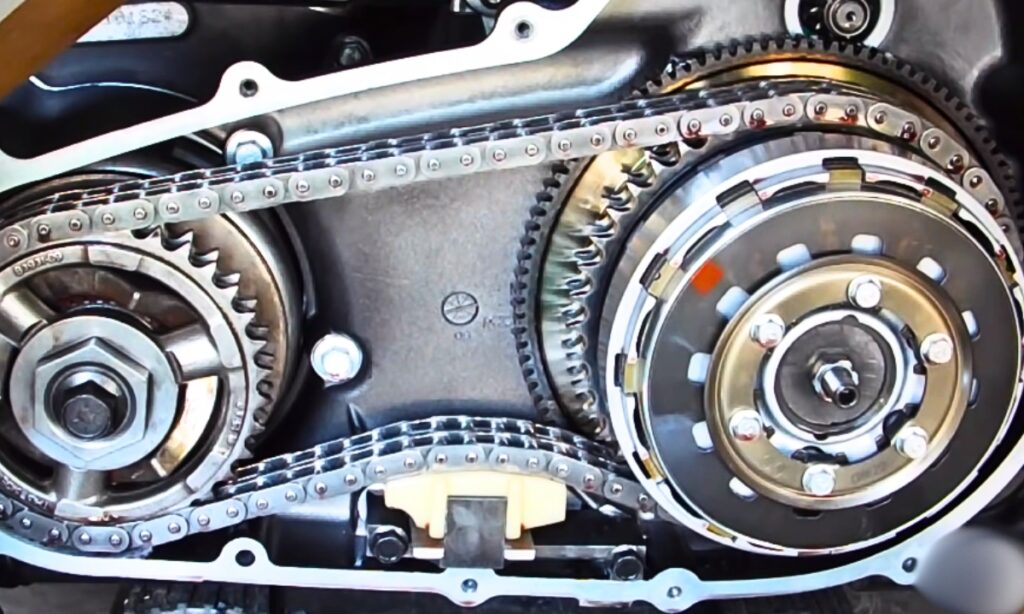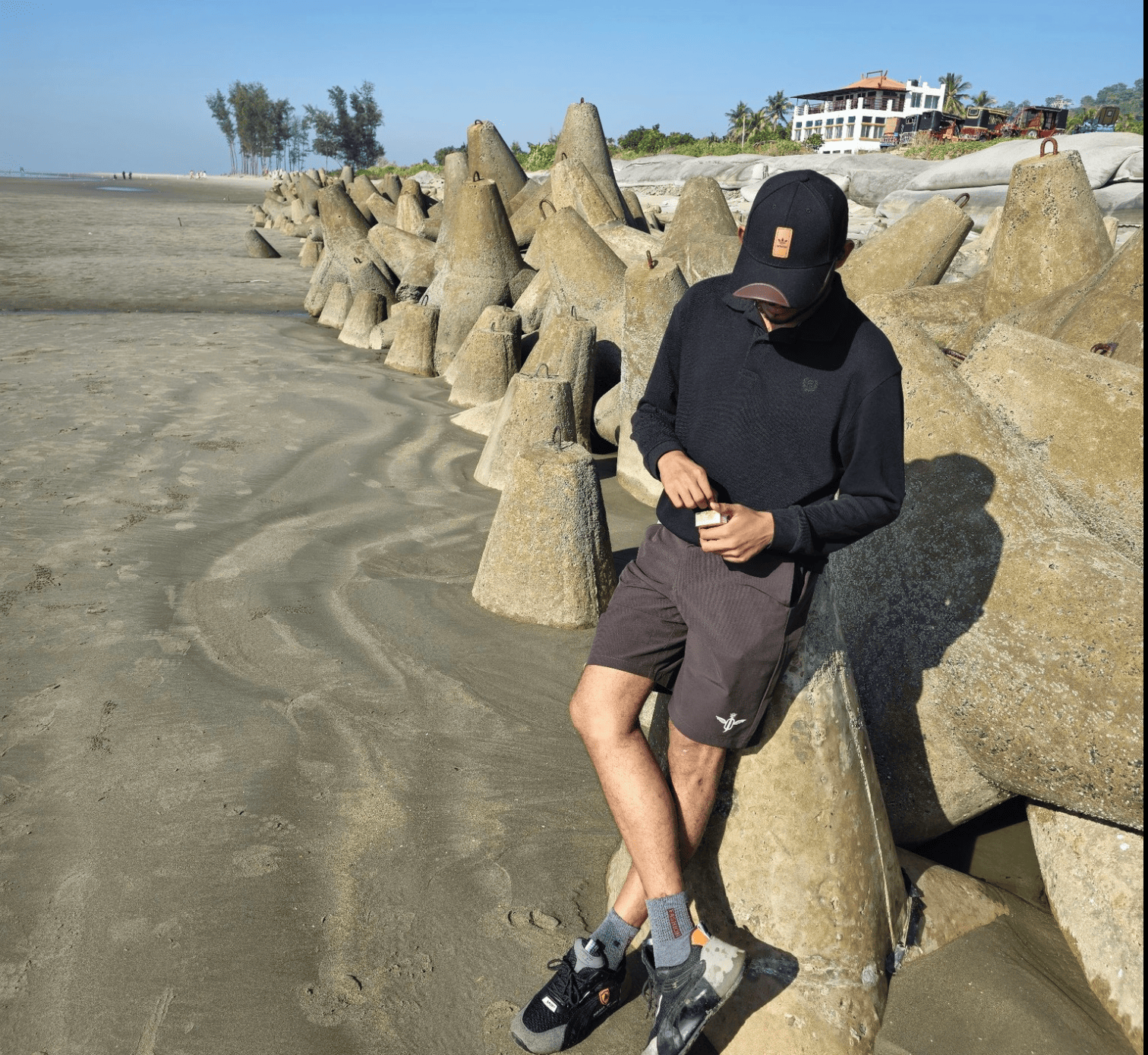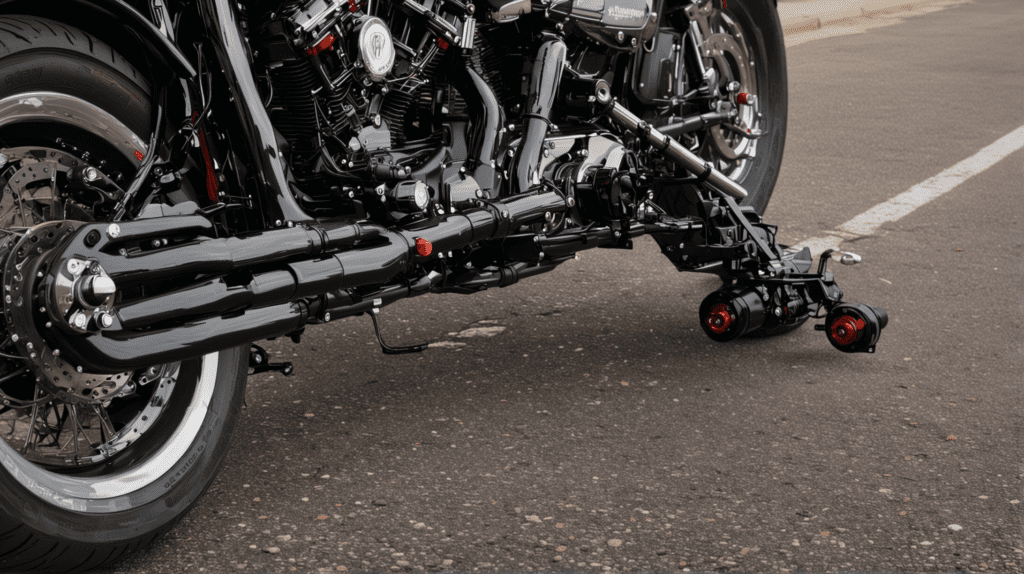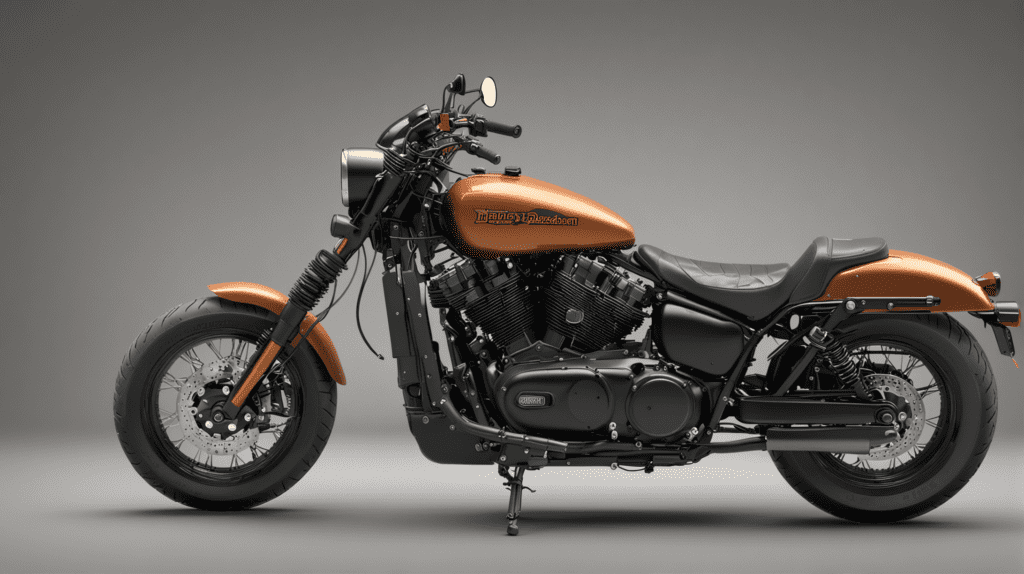I still remember the day like it was yesterday: the sun was shining, the cool breeze was blowing, and there I was, cruising down the highway on my trusty Harley.
It was as close to perfect as days get until I heard a strange, ominous click from the bowels of my beloved ride.
Little did I know, I was about to become all too familiar with the notorious issue that plagues many Harley riders: the automatic primary chain tensioner problem.
In this article, we will explore how you can fix the automatic primary chain tensioner and how much it will cost you.
Harley Automatic Primary Chain Tensioner Problems
The automatic primary chain tensioner, designed to maintain optimal chain tension, can sometimes apply excessive pressure onto the chain.
This undue stress can potentially cause premature wear and tear of both the chain and the engine’s bearings.
When the chain tensioner applies too much force, it can lead to a condition known as “over-tightening.”
Over-tightening forces the chain to work harder, causing it to heat up and stretch, a situation that can lead to severe chain damage if not addressed swiftly.

What Are The Symptoms of a Bad Primary Chain Tensioner?
A faulty primary chain tensioner can lead to a multitude of problems, and recognizing these symptoms early can save you from costly repairs.
Here are some common symptoms of faulty automatic primary chain tensioners:
1. Unusual Noise
An unusual and persistent noise emanating from your motorcycle can be a primary symptom of a bad primary chain tensioner.
This noise, often described as a clattering or rattling, typically becomes more pronounced when the bike is in idle or running at low speeds.
The primary chain tensioner’s role is to ensure consistent and optimal tension in the chain, mitigating any excessive noise or vibration.
When it fails or becomes compromised, the chain may slacken or become overly tight, leading to the aforementioned noise.
This noise is not just an irritation but also a warning sign of potential damage to the motorcycle’s engine or transmission if not addressed promptly.
If you suspect it’s the primary chain tensioner, it’s crucial to inspect it as soon as possible.
Get your motorcycle to a reputable mechanic, or if you’re comfortable with DIY maintenance, you can check it yourself.
Look for obvious signs of wear, damage, or improper alignment. If the tensioner is indeed the problem, replacement is usually the best course of action.
2. Vibration
One of the biggest signs of a failing primary chain tensioner on a Harley motorcycle is excessive vibration.
This vibration is not the typical hum that riders experience on the road; it’s a noticeable, often jarring sensation that’s hard to ignore.
This excessive vibration is caused by the slack in the primary chain due to a faulty tensioner.
As the tensioner fails, it can no longer keep the chain tight, leading to sporadic movements and sudden jerks, translating into vibrations felt through the bike’s frame.
Once you begin to notice this increased vibration, it’s important to investigate immediately to prevent further damage.
3. Difficulty Shifting Gears
The primary chain tensioner, an essential component of a bike’s transmission, ensures the smooth operation of the primary chain.
When it begins to fail, you might encounter resistance when trying to shift from one gear to another.
You may notice this while attempting to engage higher gears. The effort required to shift may increase and may be accompanied by unusual noises from the gearbox.
This is due to a faulty tensioner that can’t maintain the correct level of tension on the chain, causing it to slack or be overly tight, both of which affect gear shifting.
However, in severe cases, the bike might stall or refuse to shift gears altogether. This is a serious sign that the primary chain tensioner needs immediate attention.
If you notice these symptoms, your best course of action is to perform a thorough inspection of the tensioner.
4. Reduced Performance
One of the most significant symptoms of a bad primary chain tensioner is reduced performance.
This degradation results in various ways, most prominently in the form of poor acceleration and overall sluggishness while riding; the bike just doesn’t have the same “get up and go” it used to.
The engine might also have a hard time maintaining speed, particularly under heavy loads or during uphill rides.
This is because a malfunctioning tensioner can cause erratic movement of the primary chain, which directly affects the transmission’s power to the rear wheel.
In extreme cases, you might also experience difficulty shifting gears, as the irregular tension on the primary chain disrupts the synchronization between the engine and the transmission.
Remember, these symptoms can also signify other potential issues with your motorcycle, so it’s essential to conduct a thorough inspection.
Avoiding or delaying necessary repairs can lead to more severe damage over time and can even become a safety risk.
How Can You Fix The Bad Primary Chain Tensioner?
Fixing a bad primary chain tensioner on your Harley can be done by following these steps:
Preparation
First, ensure you have the necessary tools and a new tensioner ready. You will need a primary drive locking tool, a torque wrench, and a new primary chain tensioner.
Remove Primary Cover
Disconnect the battery and drain the primary fluid. Then, use your wrench to remove the primary cover.
Lock the Primary Drive
Insert the primary drive locking tool. This will prevent the primary drive from moving while you work.
Remove Old Tensioner
Locate the tensioner and use your wrench to loosen and remove it.
Install the New Tensioner
Place the new tensioner in the location of the old one and tighten it using your torque wrench. Be sure to follow the manufacturer’s specifications for proper torque values.
Reassemble
Reinstall the primary cover and refill with primary fluid. Reconnect the battery.
Remember to test your bike in a safe place after reassembly to ensure the tensioner is functioning correctly.
How Much Does It Cost To Replace The Primary Chain Tensioner?
The cost of replacing the primary chain tensioner can vary widely depending on the make and model of your motorcycle, as well as the labor rates of the mechanic or garage you choose.
On average, you could expect to pay between $250 to $350 for parts and labor.
The primary chain tensioner itself usually costs around $50 to $100, depending on the model of your vehicle.
Labor costs can range from $200 to $250. This process typically involves removing the serpentine belt and alternator to access the chain tensioner, removing the old tensioner, and installing the new one.
Additional costs may arise depending on the condition of your vehicle. For instance, if the timing chain or belt has been damaged by the faulty tensioner, this will need to be replaced as well, which will add to the cost.
Which Engines Are Affected By Chain Tensioner Problems?
The issue with the automatic primary chain tensioner primarily affects the Twin Cam 88 and Twin Cam 96 engines.
These engines, used in many Harley Davidson motorcycles produced from 1999 to 2006 and 2007 to 2017, respectively, have been reported to encounter problems.
1. Evo Engines
The Evolution (Evo) engines, manufactured by Harley-Davidson between 1984 and 1999, have been noted for facing chain tensioner problems.
It’s primarily the Big Twin Evolution engines that are affected. These engines are found in various Harley-Davidson models, including the Softail, Dyna, and Touring series.
The problems arise due to the design of the automatic primary chain tensioner.
Over time, the tensioner shoe wears out, causing it to put excessive tension on the chain.
This can result in premature wear of the chain and the engine’s sprockets.
If you have a Harley Evo engine, you should regularly inspect the chain tensioner, particularly if the bike has covered substantial mileage.
It’s also crucial to ensure your motorcycle is serviced in accordance with the manufacturer’s recommended intervals.
2. Twin Cam Engines
The Twin Cam Engines, particularly produced from 1999 to 2006, are explicitly known to encounter primary chain tensioner issues.
These engines, notably the Twin Cam 88 (1450cc) and the Twin Cam 96 (1584cc) are equipped with spring-loaded tensioners that tend to wear at a relatively fast rate due to their contact with the chain.
Among the Harley models impacted by these tensioner problems are the Dyna, Softail, Touring, and Electra Glide series.
Notably, the 1999-2005 Dyna models, 2000-2006 Softail models, 1999-2006 Electra Glides, Road Glides, Road Kings, and Street Glide models are the most affected.
These models, equipped with the Twin Cam 88 and 96 engines, have reported frequent cases of tensioner failure, leading to potential catastrophic engine damage.
The issue arises when the nylon shoes of the spring-loaded tensioners wear out due to constant friction with the chain, leading to engine failure.
3. Milwaukee 8 Engines
Milwaukee 8 engines, which are prominent in Harley motorcycles, have reported issues with the automatic primary chain tensioner.
This problem primarily affects models from 2017 onwards, including Harley Davidson Touring models, Softail models, and some CVO models.
The tensioner tends to apply excessive tension on the chain, which leads to premature wear on the chain and the sprockets.
The chain tensioner issue often surfaces as an unusual noise from the primary case, described as a clattering sound that becomes more pronounced with increased engine speed.
To fix this problem, you should regularly inspect the tensioner for any signs of excessive wear.
Switching to a manual tensioner can also be a viable solution, offering the ability to adjust the chain tension to a suitable level, thereby reducing the risk of premature wear and potential engine damage.

Tonmoy, the brains behind the influential motorcycle-focused website, TwoWheller.com, is a dedicated and passionate advocate for biking culture. Born and raised in a family of motorcycle enthusiasts, his love for two-wheeled transportation was ignited at an early age. His commitment to providing in-depth reviews and helpful tips for riders has established him as a respected figure in the motorcycle community.

